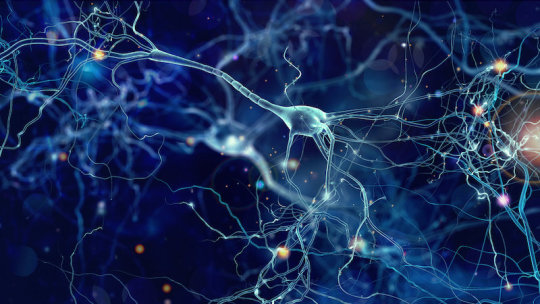HOME
'Walking' molecule superstructures could help create neurons for regenerative medicine

By discovering a new printable biomaterial that can mimic properties of brain tissue, Northwestern University researchers are now closer to developing a platform capable of treating these conditions using regenerative medicine.
A key ingredient to the discovery is the ability to control the self-assembly processes of molecules within the material, enabling the researchers to modify the structure and functions of the systems from the nanoscale to the scale of visible features. The laboratory of Samuel I. Stupp published a 2018 paper in the journal Science which showed that materials can be designed with highly dynamic molecules programmed to migrate over long distances and self-organize to form larger, "superstructured" bundles of nanofibers.
Now, a research group led by Stupp has demonstrated that these superstructures can enhance neuron growth, an important finding that could have implications for cell transplantation strategies for neurodegenerative diseases such as Parkinson's and Alzheimer's disease, as well as spinal cord injury.
"This is the first example where we've been able to take the phenomenon of molecular reshuffling we reported in 2018 and harness it for an application in regenerative medicine," said Stupp, the lead author on the study and the director of Northwestern's Simpson Querrey Institute. "We can also use constructs of the new biomaterial to help discover therapies and understand pathologies."
News Source